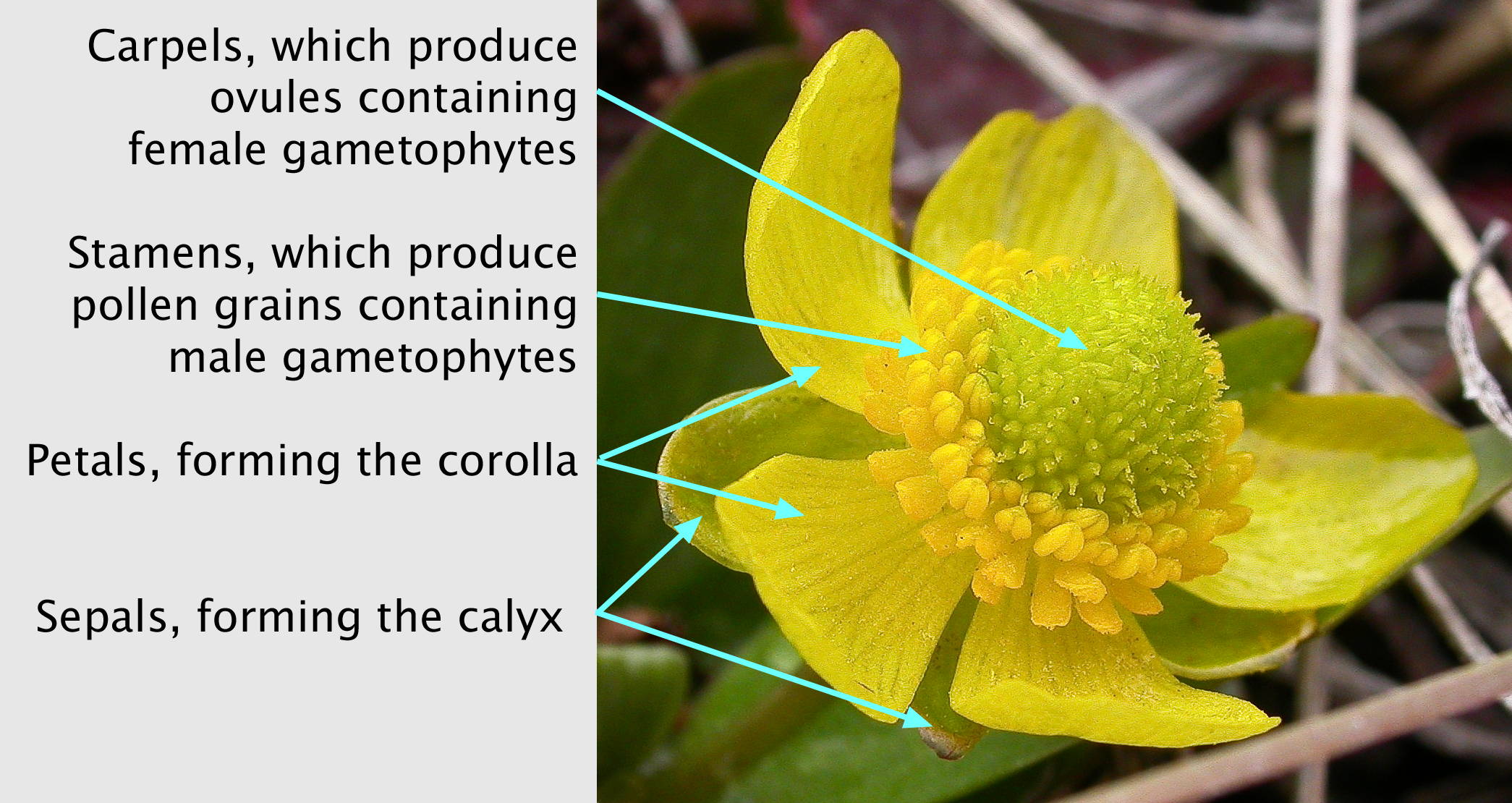|
HMS Buttercup (K193)
HMS ''Buttercup'' (pennant number: K193) was a built for the Royal Navy. She served during the Second World War first as part of the Royal Navy ''Section Belge'' (RNSB), and then later as part of the Royal Norwegian Navy. Between 1946 and 1957 she served as HNoMS ''Nordyn''. The Norwegian government then sold her and she became the whaler ''Thoris'' until she was broken up in 1969. Belgian service ''Buttercup'' was the first of two corvettes to serve with the Royal Navy ''Section Belge'' (RNSB) of the Free Belgian forces, along with . With the liberation of Belgium in late 1944, ''Buttercup'' returned to Royal Navy control. Norwegian service From 20 December 1944, the Royal Norwegian Navy borrowed ''Buttercup'' to replace the Castle-class corvette HNoMS ''Tunsberg Castle'', which had been lost to a mine on 12 December 1944 off the coast of Finnmark. HNoMS ''Buttercup'' served from 15 February 1945 until 8 May as part of the Liverpool Escort Force. As part of "Group B2" s ... [...More Info...] [...Related Items...] OR: [Wikipedia] [Google] [Baidu] |
Buttercup
''Ranunculus'' is a large genus of about 1750 species of flowering plants in the family Ranunculaceae. Members of the genus are known as buttercups, spearworts and water crowfoots. The genus is distributed worldwide, primarily in temperate and montane regions. The familiar and widespread buttercup of gardens throughout Northern Europe (and introduced elsewhere) is the creeping buttercup '' Ranunculus repens'', which has extremely tough and tenacious roots. Two other species are also widespread, the bulbous buttercup '' Ranunculus bulbosus'' and the much taller meadow buttercup '' Ranunculus acris''. In ornamental gardens, all three are often regarded as weeds. Buttercups usually flower in the spring, but flowers may be found throughout the summer, especially where the plants are growing as opportunistic colonizers, as in the case of garden weeds. The water crowfoots (''Ranunculus'' subgenus ''Batrachium''), which grow in still or running water, are sometimes treated in a sep ... [...More Info...] [...Related Items...] OR: [Wikipedia] [Google] [Baidu] |
Bear Island (Norway)
Bear Island (, ) is the southernmost island of the Norway, Norwegian Svalbard, Svalbard archipelago. The island is located at the limits of the Norwegian Sea, Norwegian and Barents Sea, Barents seas, approximately halfway between Spitsbergen and the North Cape, Norway, North Cape. Bear Island was discovered by Dutch explorers Willem Barentsz and Jacob van Heemskerck on 10 June 1596. It was named after a polar bear that was seen swimming nearby. The island was considered terra nullius until the Spitsbergen Treaty of 1920 placed it under Norwegian sovereignty. Despite its remote location and barren nature, the island has seen commercial activities in past centuries, such as coal mining, fishing and whaling. However, no settlements have lasted more than a few years, and Bear Island is now uninhabited except for personnel working at the island's meteorological station ''Bjørnøya radio''. Along with the adjacent waters, it was declared a nature reserve in 2002. History Seafarer ... [...More Info...] [...Related Items...] OR: [Wikipedia] [Google] [Baidu] |
Fishing Vessels Of Norway
Fishing is the activity of trying to catch fish. Fish are often caught as wildlife from the natural environment (Freshwater ecosystem, freshwater or Marine ecosystem, marine), but may also be caught from Fish stocking, stocked Body of water, bodies of water such as Fish pond, ponds, canals, park wetlands and reservoirs. Fishing techniques include trawling, Longline fishing, longlining, jigging, Fishing techniques#Hand-gathering, hand-gathering, Spearfishing, spearing, Fishing net, netting, angling, Bowfishing, shooting and Fish trap, trapping, as well as Destructive fishing practices, more destructive and often Illegal, unreported and unregulated fishing, illegal techniques such as Electrofishing, electrocution, Blast fishing, blasting and Cyanide fishing, poisoning. The term fishing broadly includes catching aquatic animals other than fish, such as crustaceans (shrimp/lobsters/crabs), shellfish, cephalopods (octopus/squid) and echinoderms (starfish/sea urchins). The term is n ... [...More Info...] [...Related Items...] OR: [Wikipedia] [Google] [Baidu] |


